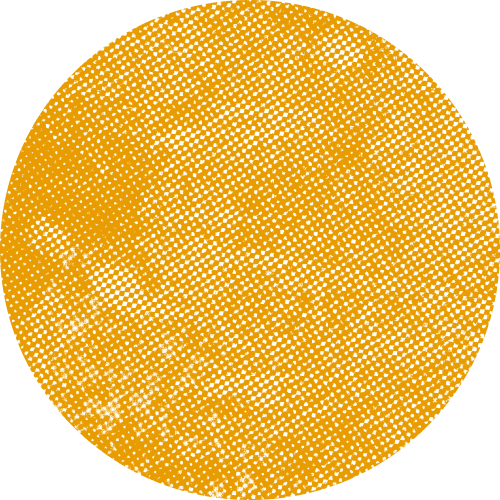In partnership with people embedded within their community, we facilitate catalytic capital and back office services to emerging funds and lending programs that increase affordability, increase access and shift power.
Community Credit Lab (CCL) is an affiliated 501(c)3 nonprofit entity of Common Future. CCL is based in 450 Alaskan Way South, Suite 200, Seattle WA, 98104 with EIN 84-1899948. Questions? Contact Us.
Our lending model is built around:

Access
We enable access to credit using non-traditional qualification criteria.

Affordability
We enable lending programs that reverse traditional financial risk/return analysis to support people with affordable credit.

Power
We support community rooted organizations to make decisions about capital.
Types of Investments
Lending Partnerships
CCL works with Lending Partners, community rooted organizations, to co-create the terms and underwriting criteria to pilot loan funds that deploy capital in their communities and provide evidence of the need of new financial products that better serve the needs of communities who are unable to access or afford traditional capital. Our Lending Partners directly determine qualifying loans and make referrals to CLL who deploys direct loans to small businesses across the country in historically marginalized communities. Through CCLs back office services, investments are facilitated on behalf of organizations (Lending Partners) Lending partners lead the front end qualification, underwriting, and make the loan referrals to CCL while CCL adds on necessary state and federal compliance criteria for qualification and originates and services the loans. This allows community organizations who see a capital need in their communities to provide direct and compressive services, while CCL acts as the lender so the community organization does not need to be.
Intermediated Investments
These are investments into newly formed or existing funds that are seeking catalytic capital to seed or amplify their capital allocation strategies for their communities. CCL Fund lends capital directly to other community-led intermediaries and funds who manage all qualification / compliance criteria for their ongoing lending and investment activities for their communities. We aim to be an investment model for others in the ecosystem to showcase the type of capital and non-financial resources needed to invest in solutions designing the next economy where all people—no matter their race or class—have power, choice, and ownership over solutions that address the interdependence between building community wealth and preserving or sustaining our natural resources.

A look inside the Lab.
Lab Investments

Character-Based Lending
Have you ever wondered what would happen if the field of investment actually empowered those closest to directly impacted communities to make capital deployment decisions?

Revenue-Based Financing
Meeting the financing needs entrepreneurs have told us they desperately need.

Wealth Building Real Estate
Why we are betting big on investing in commercial real estate as a tool for change, and why you should too.
We work with our partners to affect lasting, systemic change by:
Analyzing the root causes of inequality in the financial system.
Providing catalytic capital and back office lending support to emerging funds and fund managers that build economic power and ownership in and for communities adversely impacted by economic and racial injustice.
Acting as an investment model for others in the ecosystem to showcase the type of capital and non-financial resources needed to invest in solutions designing the next economy where all people—no matter their race or class—have power, choice, and ownership over solutions that address the interdependence between building community wealth and preserving or sustaining our natural resources
Get involved with Community Credit Lab.


Already borrowing through Community Credit Lab?
Call (253) 693-0008 to talk.
Email loans@communitycreditlab.org to discuss your Personal Loan.
Email lending@communitycreditlab.org to discuss your Small Business Loan.

"Community Credit Lab's work is essential to supporting our work building an inclusive economic system."
Lending Partner.








